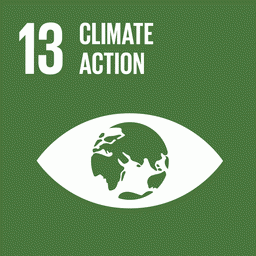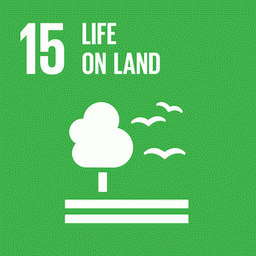By Bibiana Alcântara Garrido*
Of the 2,600 hotspots recorded in the state of São Paulo from August 22 to 24, 81.29% were concentrated in areas of agricultural use, such as those occupied by sugar cane and pasture, according to an analysis by IPAM (Amazon Environmental Research Institute). The case drew attention because the state recorded more hotspots in just one day, the 23rd, than the entire Amazon.
The analysis was released on Tuesday (27) and combines information from reference satellites for hotspots with land cover and land use data for 2023, produced by the MapBiomas Network, of which IPAM is a member. GOES satellite images were also used to visualize smoke and thermal anomalies.
“It’s not natural for so many hotspots to appear in a short period of time, especially in a region like São Paulo. It’s as if it were a Day of Fire exclusive to the state, evidenced by the simultaneous smoke screen that appears visually to the west,” says Ane Alencar, IPAM’s Science Director.
90 minutes
The images from the geostationary satellite, which captures a new scene every ten minutes, show the appearance of the smoke columns in the 90-minute interval between 10.30am and 12pm on the 23rd. The satellite that captures hotspots passes over the region in the morning and late afternoon. Between its two passes on the same day, the number of outbreaks rose from 25 to 1,886 in the state.
(Video: Newton Monteiro/IPAM)
According to the analysis, of the total number of hotspots in productive areas recorded in the state of São Paulo in the period, 44.45% (or 1,200 hotspots) occurred in areas where sugar cane was grown; 19.99% (or 524 outbreaks) in “mosaic uses” – agricultural areas where it is not possible to distinguish between pasture and agriculture; 9.42% (or 247 outbreaks) in pastures; and 7.43% (or 195 outbreaks) in areas of forestry, soy, citrus, coffee and other crops.
Burnt native vegetation accounted for 440 hotspots, or 16.77% of all hotspots recorded over the three days. Forest formations were the most affected, concentrating 13.57% of the hotspots in the state.
“The data shows that the main target of the fire were areas that had already been cleared, in other words, areas that had already been used in some way. Therefore, we can conclude that if the fire reached an area of native vegetation, this was because it escaped from the place where it started,” says Wallace Silva, a research analyst at IPAM.
Municipalities
Five cities accounted for 13.31% of the hotspots that occurred over the three days in the state of São Paulo: Pitangueiras (3.36%); Altinópolis (3.28%); Sertãozinho (2.4%); Olímpia (2.17%); and Cajuru (2.1%), all in the Ribeirão Preto region, with the exception of Olímpia, which is located in São José do Rio Preto.
For the science director, whatever the outcome of the federal government’s investigations into the fires, Brazil’s relationship with fire needs to be transformed.
“Whether it is an orchestrated action or not, it is urgent to reduce the use of fire in agricultural management, and to be very responsible in controlling fire when it is being used. The indiscriminate and irresponsible use of fire can cause damage not only to the environment, but also to property and the lives of people who, even from a distance, are impacted by the smoke,” concludes Alencar.
*IPAM science journalist, bibiana.garrido@ipam.org.br

